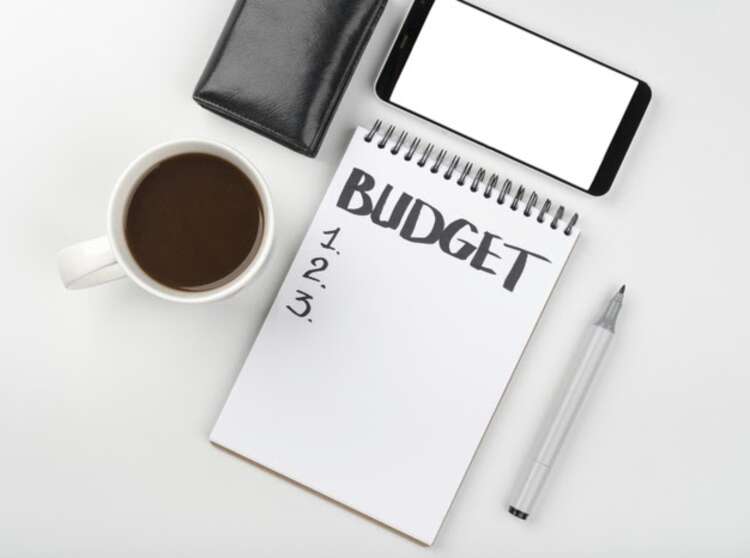As an international student, you want to guarantee that your funds are sufficient. You need to have enough to cover your tuition, miscellaneous fees, rent, bills, daily expenses, leisure, and savings or emergency fund.
Setting up a budget is a great way to monitor and manage your money. But it’s not enough to just create a budget based on estimates; it has to be realistic.
Learning how to make a personal budget table and building projections can help you stay within your needs. This article will give you a helping hand in setting up a realistic monthly budget as an international student.
Include your family
Before starting a monthly budget, make sure to inform your family and include them when making substantial financial decisions.
Your family pays for a portion of your studies, and they send you money for your tuition fees and allowance. And even if they don’t fully support you financially, you should still inform them out of respect and courtesy.
List source of funds
As an international student, you should have various sources of funds. Make sure to list every single one to get a more accurate picture of the money you receive on a monthly basis.
Some of your sources could be savings, financial support from family, study loans, scholarships and grants, income from part-time work, etc.
It’s important to list down the exact numbers for each resource. This gives you a clear idea of how much comes in every month.
List common daily essential expenses
Amounts for daily expenses can vary each day. To manage daily expenses wisely, it’s advisable to set a cap on your budget for each item on this list.
Daily expenses include meals, transportation, toiletries, and personal hygiene.
Unless you’re subscribed to a meal plan, the cost of your meals may vary throughout the day. It’s also a different amount to consider if you cook your own meals. You can set a limit on how much you can spend on food on a daily basis.
Expenses for transportation will remain constant only if you take the same transportation each day. You will need to consider the times you need to switch to a different mode of transportation, like a taxi. For this item, you can also set a cap on spending.
List common fixed monthly expenses
Your fixed monthly expenses would include your tuition fees, accommodation fees, health insurance, utility bills, and monthly internet and mobile subscriptions.
All these fixed monthly expenses have an exact amount that you’re required to pay. You should remember to pay these on time or ahead of the due date to avoid additional costs or late payment fees.
Convert Currency
Once you have listed your sources, daily expenses, and monthly expenses, convert the amount to the currency of the country you’ll be staying in. Exchange rates change frequently, so it’s important to leave room for fluctuations.
Create an emergency fund
Your emergency fund should be enough to cover at least six months of your expenses. Emergencies can include simple cash shortages to serious emergencies including medical emergencies.
A good amount to allot for your emergency fund is 10-15% of your budget.
Create a ‘Fun’ Fund
Your ‘Fun’ fund is for entertainment, leisure, hanging out, and relaxation. This fund should be enough to give you a nice break from studying without breaking the bank.
Sample Monthly Budget Table
| Sources | Daily Expenses | Monthly Expenses |
| Family | Meals | Rent |
| Savings | Transportation | Tuition |
| Scholarship | Personal Care | Insurance |
| Loans | Utility bills | |
| Income from part-time job | Monthly internet | |
| Emergency fund | ||
| ‘Fun’ fund | ||
| Total Resources: $ | Total Daily Expenses x number of days: $ | Total Monthly Expenses: $ |
Formula: Total Resources – (Total daily expenses + Total monthly expenses) = Monthly Budget
Make sure that your funds are enough to cover your needs while studying. Get more insights about money matters through our articles here on MSM Unify.












